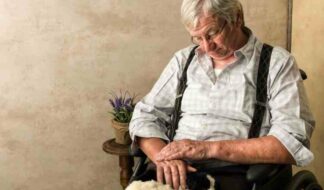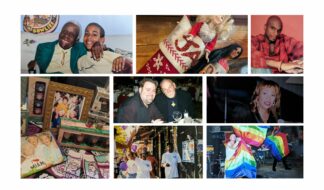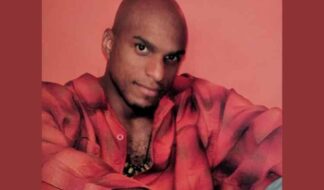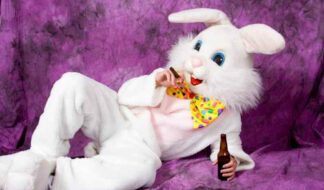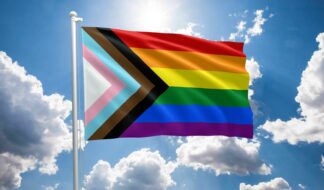In the late-50s there weren't any nationwide advocacy groups. No newspapers like Between The Lines. No TV programs like "In the Life." No Affirmations LGBT Center.
Gays and lesbians — considered a psychologically aberrant, innately suspect, very, very small minority — lived in the closet at home, at church, at work, in public venues.
Bisexuals, it was said among gays and lesbians, lacked the guts to admit who they honestly were sexually. Cross dressing, punishable by law, was forbidden except on Halloween; and U.S. Army Sergeant Christine Jorgensen made big news in the mid-1950s for — whisper, whisper — "having the, you know, operation on his, you know, thingy."
Being "out" was being secretive. One shared a same-sex status or attraction only with trusted queer friends. Nicknames were a given. (I was Big Al. Big, for tall, by the way.) Remembered nicknames: The Empress, Miss Bruce. Tall Dick, Savoy, Drano, Red Birdie.
Strategy was passing for straight. Play the game. If need be, date. If really need be, get married. If you can, fake it. (I couldn't.) And, for Heaven's Sake, Mary, don't get caught in an after-hours raid. Or by entrapment. (Ask me, I know about both.)
Detroit, as the Arsenal of Democracy, was "the" center for war work and attracted thousands of World War ll workers, soldiers, sailors, WAVES, WACS, Rosie the Riveters. Gay bars were all straight owned, thrived and continued on through succeeding decades.
In the War Years, gay bars in metropolitan cities offered meeting places for many who had never met other gays and lesbians. It was a revelation for many, and for many who lost their lives in Europe and the Pacific Theaters.
There were several usually crowded gay clubs in the 1950s, and a couple of notorious restaurants in Detroit's downtown area where teenagers hung out, learning from gay/lesbian peers how to cope with a hostile, queer hating, queer baiting world.
Hidden as it was to all but those in the 'know,' Detroit's scene offered a viable gay community. A bar with a back entrance was a plus.
As a native Detroiter — who was fortunate to acknowledge my queerness in my senior high school year (along with six or seven other Cass Tech art students) — I'm devoting this Parting Glances space to excerpts from previous columns of my teenager recollections.
I'll begin with this — maybe familiar — summing up: Gay life 60 years ago was exciting, varied, nurturing, sophisticated, trashy, segregated, unsegregated, colorful, drab, fulfilling, energetic, dangerous, sheltering, sustaining, fun, wild, crazy — and damned less expensive.
(Beer, 35 cents a bottle. Gin martini, $1.25. Jail bait, $5 or $10, depending upon late-hour urgency and/or attraction). Looking back…
… I was 19 the summer I graduated. Free from studies, living at home, taking time off before job hunting, I was keen to explore the gay scene. I heard from friends about the infamous Hub Grill, located at Farmer and Bates, two blocks from City Hall, and, much too inconveniently, from the First Police Precinct.
The Hub Grill was a greasy spoon (knife and fork) with large windows, angled on the two street corners. To enter was to be gawked at. Queer! Faggots! Fruits! To stool sit in everybody's sight was thumb-your-nose brazen.
"Flamers" — obvious queens — never seemed to mind. They thrived on the attention. Seated at the counter I was asked, "Are you a browning king or a browning queen?"
